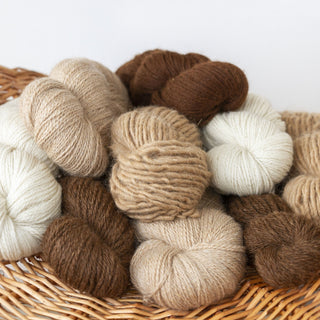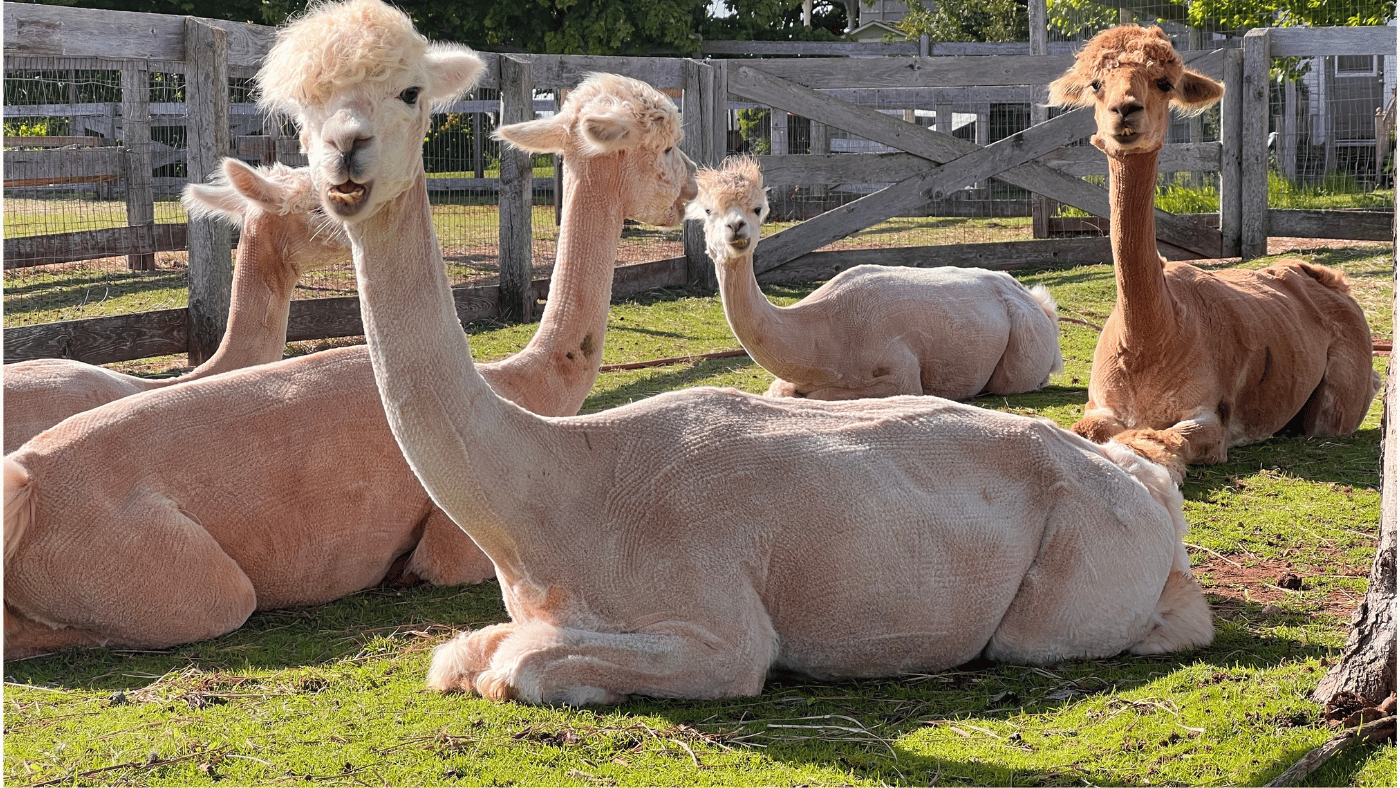From the heart of the Andes mountains to the hands of crafters around the globe, let’s unravel the mystery behind alpaca yarn's exceptional softness. We'll discuss the environmental benefits of choosing alpaca yarn, shedding light on why it's not just a choice of luxury but also of responsibility towards our planet.
A Rich History: Alpacas in Culture and Tradition
Alpacas have a long and storied history. Domesticated thousands of years ago in South America by the Indigenous peoples of the Andes Mountains, the Incans revered alpacas.
Alpacas' luxurious fleece was so important to Incan culture that only royalty were permitted to wear garments made from it and the raw fibre was often used as currency, further elevating its status symbol of wealth and prestige.

Understanding Alpaca Fibre: What Makes it Different?
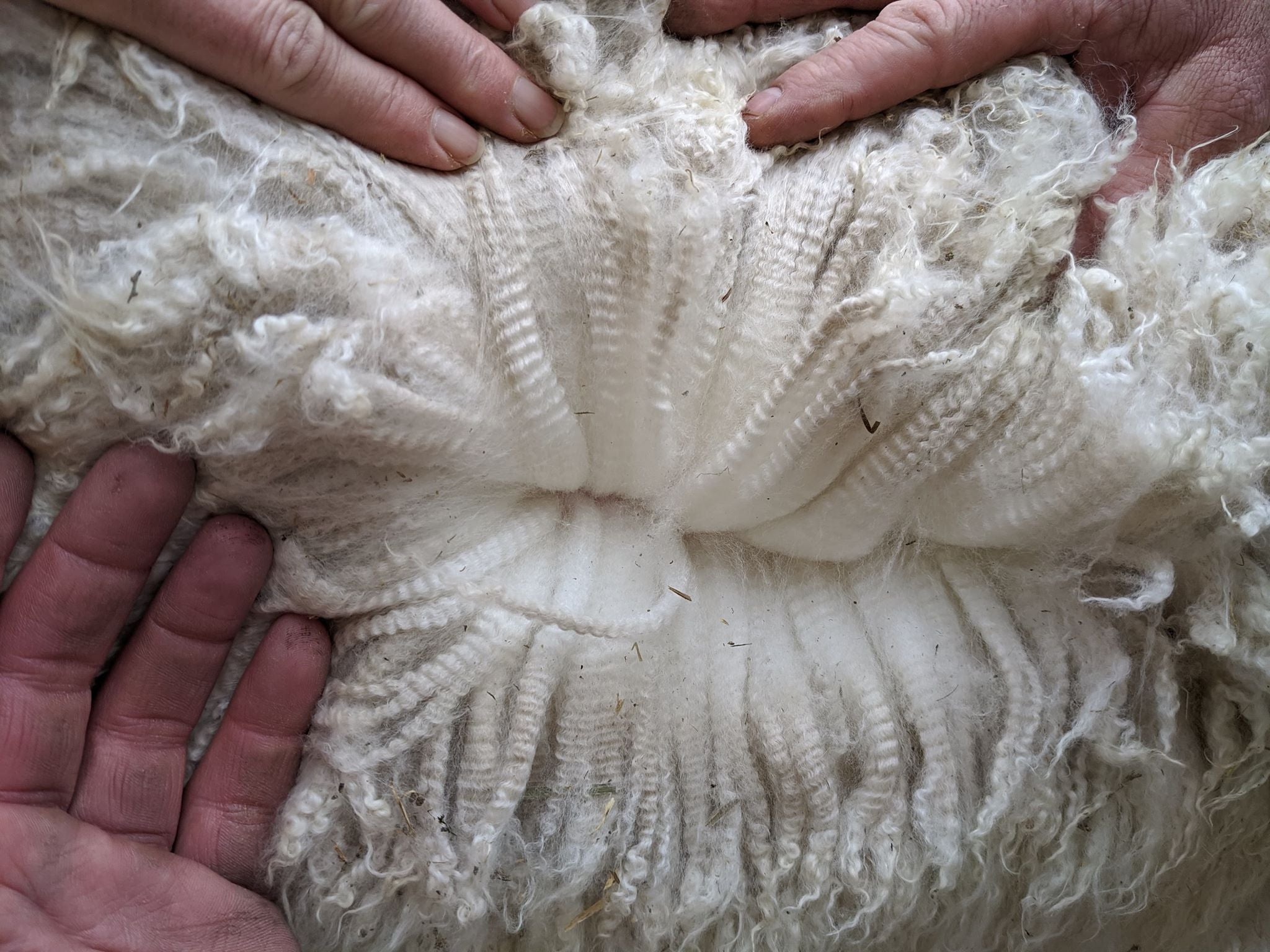 Arriba Authentic, Signature Sire at Green Gable Alpacas
Arriba Authentic, Signature Sire at Green Gable Alpacas
Alpaca fibre is renowned for its softness, but it’s made of the same protein – keratin – that our own hair and other animal fibres are made from.
So, what makes alpaca yarn so different? The answers can be found by understanding two things:
- Alpaca fibre’s natural properties; and
- The role the alpaca shepherdess plays in maximizing that potential.
The Alpaca Advantage: Comparing Alpaca with other Luxury Fibres
1. Fibre Structure and Scales
Like many animal fibres, alpaca fibres have microscopic scales on the shaft of each fibre. What differs between various animal fibres is the size, number, and height of those scales.
As the photograph demonstrates, the scales on alpaca fibre are less jagged and sit closer to the fibre surface than that of other wools. This is a key factor in how soft a fibre will feel against your skin.
These scales can create a prickly sensation when they contact the skin, but alpaca fibres, with their smoother scales, offer a silkier, more comfortable touch.
This smoother structure also contributes to alpaca yarns’ natural sheen and its ability to produce vivid colours when the fibre is dyed.
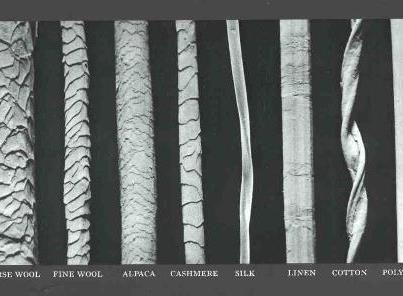 (L-R) Coarse wool, fine wool, alpaca, cashmere, silk, linen, cotton, polyester. Original source unknown.
(L-R) Coarse wool, fine wool, alpaca, cashmere, silk, linen, cotton, polyester. Original source unknown.
Further Readings
2. Fibre Fineness or Fibre Diameter
In the animal textile world, size really does matter – and finer fibres are softer than coarser ones. What makes alpaca yarn soft is that alpaca fibre tends to be finer than most other wool fibres; it is often compared with cashmere for its fineness and next-to-skin softness.
Wool producers around the world use the same standardized testing to measure the actual diameter of the fibres and grade the fibre from fine to coarse. Often, you will see these measurements displayed graphically in a histogram. Learn more about histograms and how alpaca farmer use them in, "A Beginner's Guide to Histograms"

3. The Absence of Lanolin
One of the most fascinating attributes of alpaca fibre is that it lacks lanolin, making alpaca yarns hypoallergenic.
Lanolin is a waxy substance found naturally in sheep wool. It is typically removed during wool processing using hot water and special detergents. For many people with sensitive skin, trace amounts of lanolin and detergent residue can be the source of allergies and irritation so commonly associated with wool.
The absence of lanolin in alpaca yarn plays an important role in that silky softness so often found in alpaca yarns.

But natural fibre characteristics alone are not responsible for making alpaca yarns soft.
The Shepherdess’ Touch: How Expert Care Influences Yarn Quality
The role of the shepherdess is crucial in making quality alpaca yarn. Expert care, knowledge, and a commitment to sustainable practices ensure the health and happiness of alpacas, which directly influences the quality of the fibre and yarn they produce.
4. Genetics & Selective Breeding: Shaping the Softness of Alpaca Yarn
Alpaca fibre characteristics are highly heritable – meaning that the breeding decisions that an alpaca shepherdess makes, can influence the softness of alpaca yarn produced.
Using industry standard assessment tools, like regular histograms, the shepherdess evaluates relevant information and brings a level of sophistication and objectivity to the yarn production process.
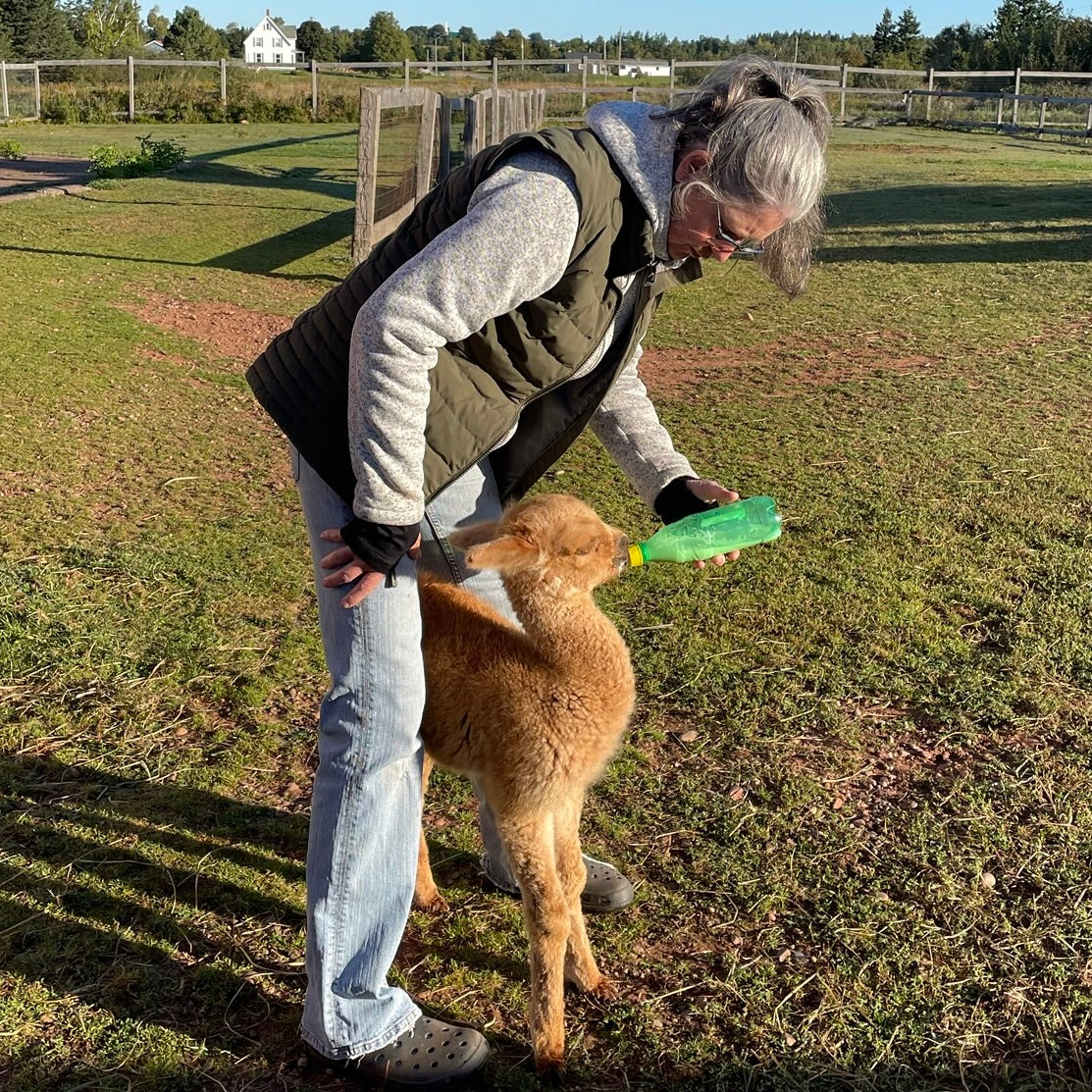
Insider tip: “At Green Gable Alpacas we’ve developed a large database of information on the various fibre characteristics of every animal in our herd. With thousands of data points collected over 15 years, we use this information to make more informed decisions about which animals should be bred and which fleeces should be mixed to create exceptionally soft alpaca yarn.”
5. Optimizing Growing Conditions: Nutrition & Animal Health
Next to genetics, the growing environment can influence alpaca fibre softness and quality of alpaca yarn.
Astute shepherdesses understand that that by providing optimal nutrition and animal health, she can maximize the genetic potential of an alpaca’s fibre production.

6. Fibre Sorting & Grading
Once the fibre has been harvested at annual shearing, the alpaca shepherdess can influence the softness of the yarn she produces by either using a professional fibre sorter and grader or learning those skills herself.
Properly sorting alpaca fleece into fibre grades and fibre lengths will improve the quality of yarn produced as the more uniform the fibres are in making the yarn, the more comfortable the alpaca yarn will be next to your skin.

7. Using the Right Fibre for the Right Product
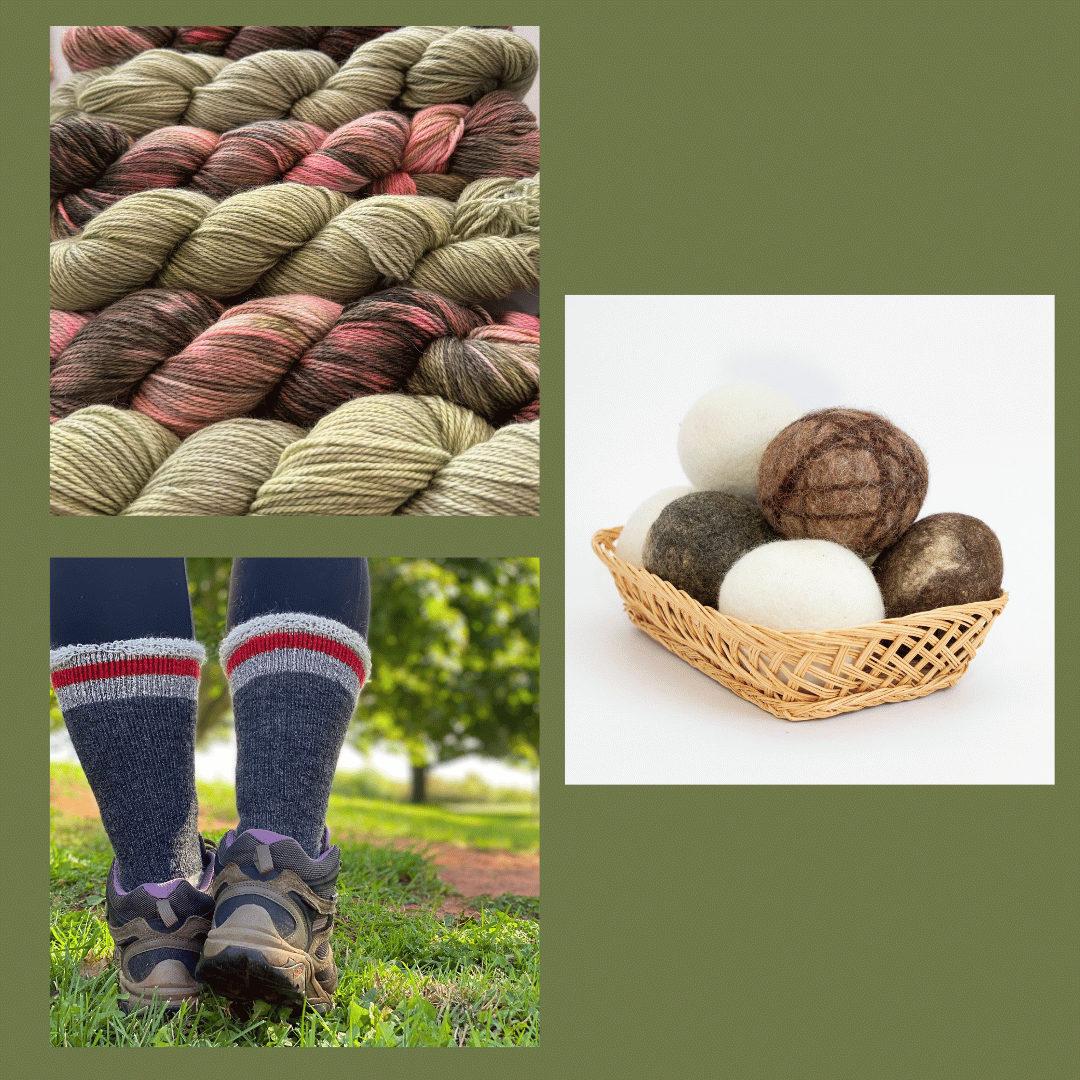
Finally, optimize the use of all parts of the alpaca fleece:
- coarse grades of fibre are great for dryer balls or rugs
- medium grades of fibre are super for socks
- the finest grades of fibre should be reserved for next-to-skin type yarns
Alpaca shepherdesses are wise to draw on the specialized knowledge and expertise of fibre processing mills in helping to make yarn design decisions. These folks have years of experience and they can help to optimize the value and usefulness of a farmer's annual clip.
The Recipe for Soft Alpaca Yarn
The softness of alpaca yarn is not just a product of careful handling and processing but also a result of selective breeding and the influence of alpaca's native environment. By understanding and optimizing genetic traits, shepherdesses can enhance yarn’s softness, strength, and lustre. Additionally, the natural habitats of alpacas in the high Andes contribute to the fibre’s unique qualities.
Crafting with a Conscience: The Ethical Appeal of Alpaca Yarn
When compared to other luxury fibres like cashmere and silk, alpaca yarn stands out for its durability, softness, and resistance to pilling. Its environmental impact is also significantly lower than other fibre breeds, making alpaca yarn a sustainable choice for the conscious crafter. Alpaca yarn is a testament to the balance between luxury and ecological responsibility.
From Pasture to Product: How Alpacas Contribute to Earth-Friendly Textile Production
Alpacas are heralded as earth-friendly champions in the world of sustainable agriculture, offering a gentler – and cuter – alternative to more traditional livestock.
These remarkable animals tread lightly on the earth. They’re lighter than other fibre producing animals and have soft, padded feet; combined, these features result in minimal soil compaction and promote healthy land.
Unlike some other fibre-producing animals, alpacas graze without damaging root systems which also supports land regeneration and biodiversity.
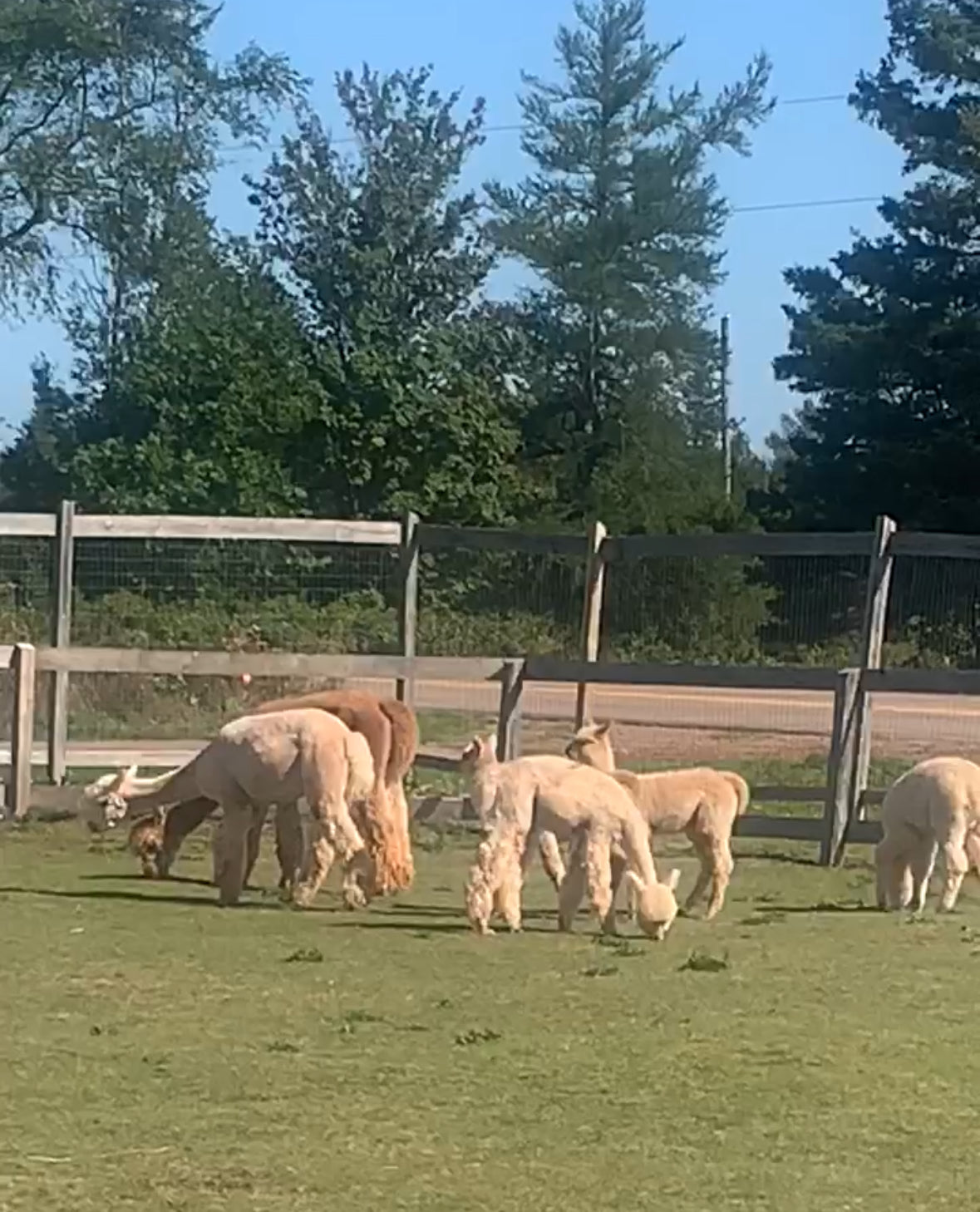 Green Gable Alpacas
Green Gable Alpacas
Having originated from the harsh and unforgiving land of the South American Andes, alpacas have developed highly efficient feeding habits that require less food and less water compared to other livestock, making them ideal for areas with scare resources.
Furthermore, alpacas produce more fibre per animal that their counterparts, ensuring a higher yield with less environmental impact. Their natural fibres are biodegradable, adding to their green credentials. By choosing alpacas yarns, crafters support sustainable farming practices and contribute to a healthier planet .
Conclusion
Alpaca yarn’s softness is a mixing of their natural fibre characteristics and the meticulous care of their shepherdess. The fineness of alpaca fibres, coupled with their unique scale structure, provides a silk-like feel unparalleled in the wool industry. Free from lanolin, alpaca yarn is hypoallergenic, making it a prime choice for those with sensitive skin.
Selective breeding, optimized living conditions, and expert fleece sorting further refine the yarn’s softness. Additionally, the environmental adaptability of alpacas to the harsh Andean climate contributes to their fibre’s robustness.
Alpaca yarn is not only a luxury item but also a beacon of sustainability, making it an ideal choice for earth conscious crafters looking for next-to-skin-soft hand-knits.
Questions & Answers
Is alpaca yarn itchy?
Alpaca yarn is softer and finer than other luxury animal fibre yarns. Most people find alpaca yarn is quite soft against their skin.
Does alpaca yarn have lanolin?
No. One of the things that sets alpaca yarn apart, particularly from sheep wool, is that it lacks lanolin.
How important is the role of the shepherdess in creating a luxury yarn?
Shepherdesses play a crucial role in optimizing the genetics and the natural attributes of alpacas and their fibre to design superior alpaca yarns.

